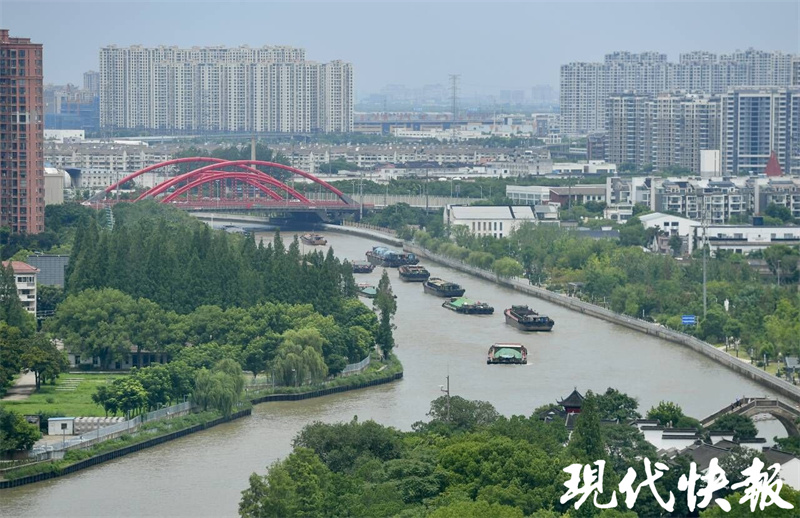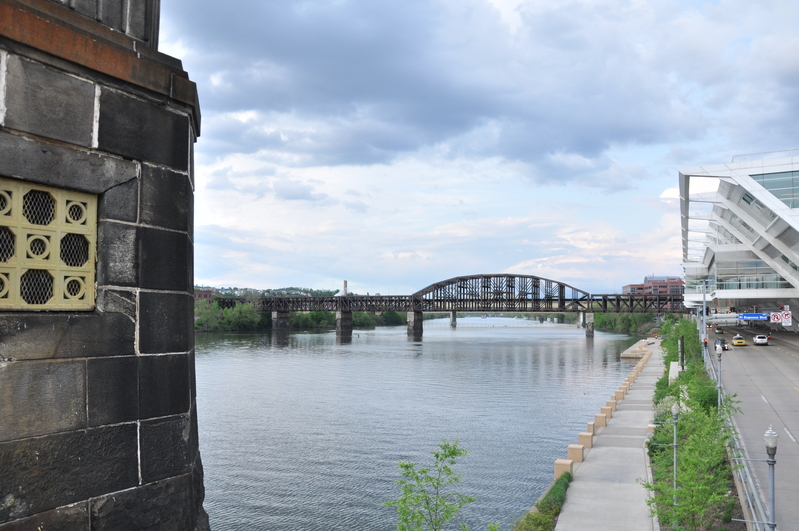Switzerland's second most famous city
Worldwide, the most famous cities in Switzerland are not the capital Bern, but Geneva and Zurich. The former is well-known as the seat of the United Nations office; the latter is famous for its wealth. As one of the world's financial centers, it has many splendid nicknames - "the richest city in Europe" and "Europe's millionaire city".
However, when I came to Zurich, I discovered that the locals prefer to call it a "little big city".
Zurich is the commercial and financial center of Switzerland and the largest city in Switzerland. The main urban area is 91.88 square kilometers and the urban population is about 400,000. Unlike the hustle and bustle of other financial metropolises, the pace of life here is slow and leisurely.
The city is located in the north of the Alps. The urban area is divided into the east and west banks by the Limmat River, and is also divided into the New City and the Old City. There are maze-like catwalks connecting them.
At the suggestion of the tour guide, our group spent one day of free activities to slowly explore both sides of the Limmat River on foot.
Walking along the street in the early morning, the road under my feet is paved with smooth and flat cobblestones, which have endured centuries of wind and rain, shallow and deep. The streets are not very wide, but still retain a strong medieval atmosphere. There are many twists and turns, which arouses the desire to explore. The buildings on both sides are exquisite and small, and there are not too many luxurious houses, and there are no abrupt high-rise buildings. It is probably because the city has restrictions on building height.
This 2,000-year-old old city is quietly accepting our footsteps. Under the morning light, the flowers and plants around each house are lush and growing vigorously, with purple, pink, and yellow flowers blooming freely among the green leaves. The walls as the background are mostly dark gray or pink and white. Just take a photo and it will be an old painting.
In front of an old house with green vines covering its exterior, we met Daniel, a gray-haired old man. He introduced that there are many century-old houses in this city, and the average lifespan of the buildings on this road alone is more than 70 years. This "old green vine house" is older than him.
Mr. Daniel told us that we can pay more attention to the bay windows on the wall, which they call "Elka". The Elka decoration style and layout of each house are all different from each other with ingenuity. The life interest and aesthetic taste form a landscape.
Zurich means "water town" in Cretan. The tranquil Limmat River runs through the entire city and intersects with the unfathomable Zurich River, becoming a water and land hub connecting the mountainous areas of Central Europe. Villages had formed here as early as 2,000 years ago, and by the 18th century, Zurich became the cultural, educational and scientific center for Switzerland's mainly German-speaking residents. From the great writer Goethe and musician Wagner to the contemporary novelist Thomas Mann, from the scientific giant Einstein to the founder of the "subconscious" school, Joe Esther, they have all settled here. Wandering around the old city, it seems like you will meet them in the next second.
At noon, we unknowingly walked to Zurich Main Station. This station, completed in 1871, is known as the most beautiful train station in Europe. Its buildings have been expanded and repaired, but it still retains its own architectural features and style, becoming part of the city's cultural and historical heritage. The north-south Station Street is a world-famous shopping street with a total length of 1.4 kilometers, extending from the main train station to the shore of Lake Zurich, showing the vibrant side of the city. Famous department stores, brand-name specialty stores, antique jewelry stores, etc. line both sides of the street.
However, such a street is still a cobbled road with high and low cobblestones. At the coffee tables on the roadside, people leisurely enjoy the sunshine and soak in the strong aroma of coffee. There was actually a huge piano placed at a busy intersection. Some people were playing it calmly, while others were listening...
Zurich Cathedral is the tallest building in the old town and the largest Romanesque church in Switzerland. Outside the church, several street artists were performing hard.
The cathedral has a majestic appearance, but the stairway leading to the spire is very dark and narrow. This is a common feature of European churches.
Climbing hundreds of steps is a physical challenge, and even more difficult is having to dodge sideways from oncoming people from time to time. Finally, I panted to the top and found that all the efforts were worth it, because you can overlook the excellent scenery from the top.
The blue-green Limmat River is like a jade belt, and the old buildings we just passed along the road are displayed in front of us one by one. However, the angle of sight has changed, from looking down to looking down, which is familiar and strange at the same time. On the opposite bank is St. Peter's Basilica, whose tower has the largest clock face in Europe. This style of decorating buildings with clock faces can also be seen in other Swiss cities. For some reason, Swiss and German people have a special preference for watches.
Down the river is the famous Parade Square, which is full of people. It is an area for tourists to take a leisurely stroll. The area along the river on the right is Zurich's main business district. The "big crane" on the riverside is not a dock device, but a modern work of art.
From a distance, where the Limmat River meets Lake Zurich, a bridge spans it, becoming the busiest main traffic road in the city. The vast lake is like the sea, wide and calm, with spots of white yachts on it. Farther away, there are clouds and mist, and the mysterious Alps are looming under the clouds.




